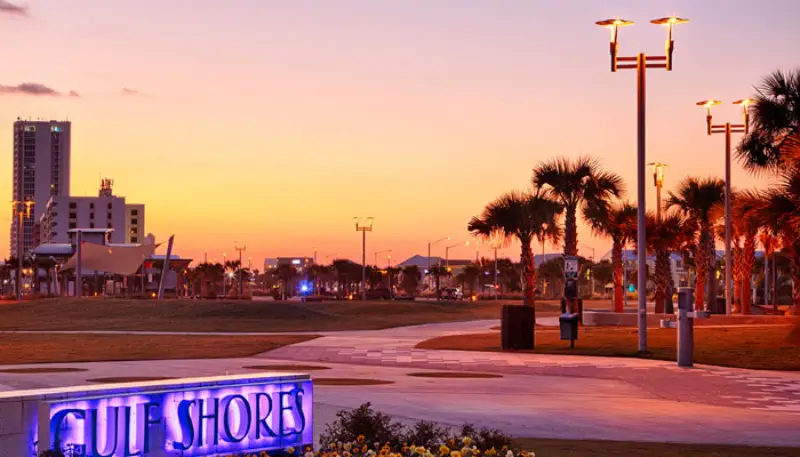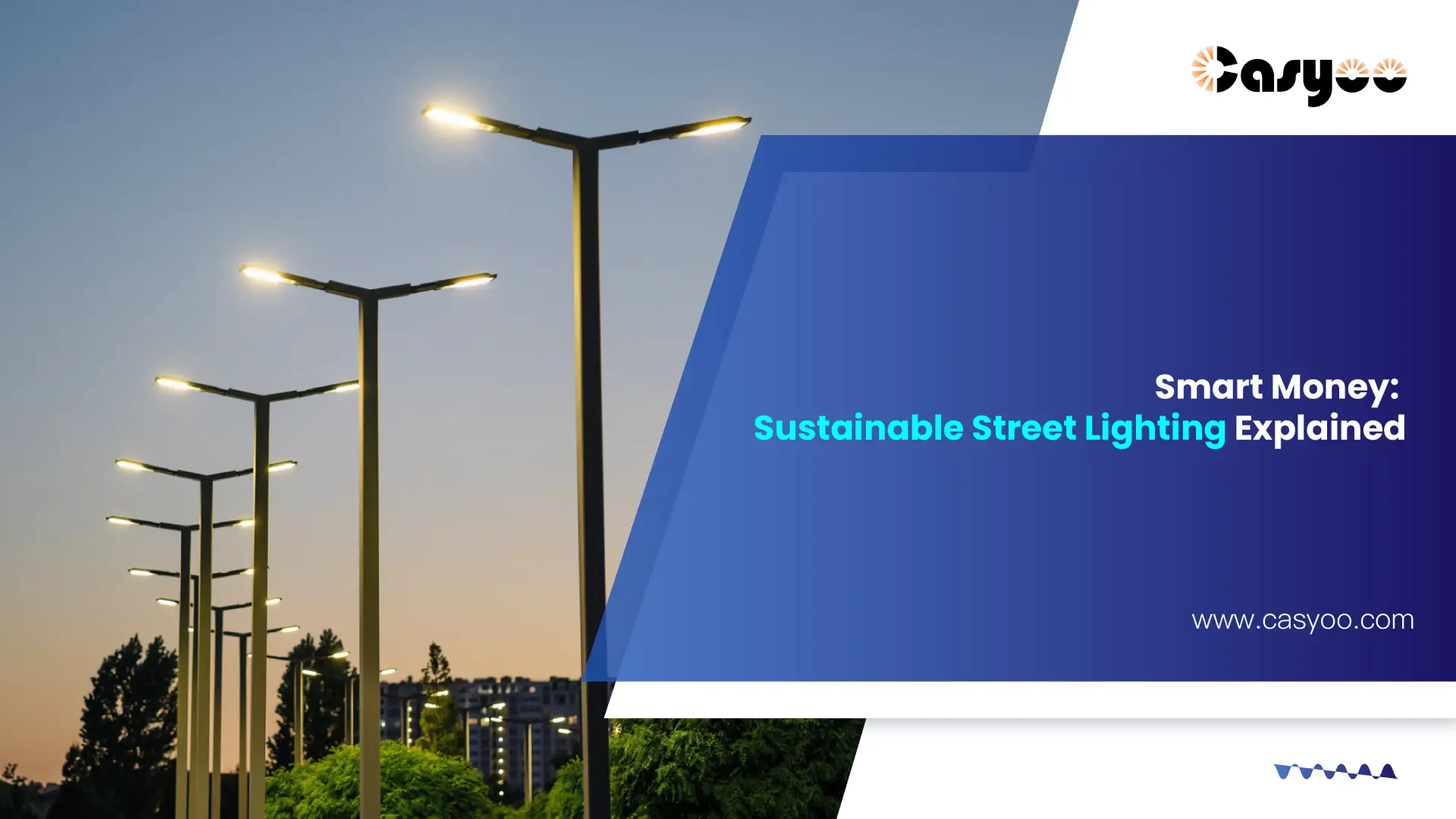Can you imagine a single city achieving more than $10 million in annual energy cost avoidance by moving to LED street lights? Having been involved in design and supervision of about 20 city wide street lighting projects across the country, I can testify to how the appropriate technology can revolutionalize the look of people’s neighborhoods while substantially reducing their bills and carbon footprint.
What’s the Most Sustainable Street Lighting Solution?
From Energy Hog to Efficiency Pioneer
Traditional high-pressure sodium lamps are like hungry giants, consuming power day and night without regard. The introduction of LED street lighting is equivalent to equipping our cities with smart batteries, reducing energy usage by 80%. What does this mean in practical terms? Let’s do some math: A mid-sized community that spends $10 million per year on street lighting may reduce that cost to just $2 million.
The Dortmund situation is particularly inspirational. After installing 20,000 streetlights with modern LED technology, this German industrial city saved 1,069 MWh of electricity in six months, avoiding 694 tons of CO2 emissions. Consider this: it is akin to immediately planting 11,000 trees in the city center.
Solar Integration: A Bright Complement
While LED technology is driving the urban lighting revolution, solar-powered alternatives are emerging as strong friends. Think of solar LED streetlights as self-sufficient sentinels, capturing sunshine throughout the day to illuminate our paths at night. They’re especially useful in developing countries with unreliable power systems or in locations prone to natural disasters, such as having a backup generator that never runs out of fuel.
Smart Lighting: Beyond Basic Illumination
Modern LED streetlights do far more than just illuminate. They regulate the brightness automatically, decreasing during low traffic hours and shining when pedestrians walk by. However, their intelligence extends further: these networks can monitor air quality, detect traffic patterns, and react to weather conditions. It’s like having thousands of smart sensors hidden in conventional streetlights across the city, making urban illumination more efficient and responsive to real-time needs.
Alternative Solutions on the Horizon
While LED and solar technology dominate current sustainable lighting options, experts are looking into exciting alternatives. For example, numerous European towns have implemented hybrid systems that use LED technology and are fueled by both grid and renewable energy sources. These solutions, similar to having numerous backup plans, ensure consistent lighting while improving energy economy.
How Modern LED Technology Makes Street Lighting More Sustainable
Longevity That Spans Generations
Street lighting technology has advanced much beyond the simple on/off switch. Today’s LED fixtures function as long-lasting smart gadgets that practically manage themselves. Consider their impressive lifespan: these fixtures can run for 100,000 hours, which is more than 22 years of nighttime illumination. In contrast, conventional lamps require replacement every two years. It’s like having a light bulb that will illuminate your home from the moment your child is born until they graduate from college.
Smart Controls for Intelligent Operation
The intelligence included in these systems is similarly amazing. Smart control systems function as vigilant guardians, always monitoring and regulating light output. They can identify when a jogger goes by at dawn or when a delivery truck requires more lighting at midnight, assuring safety while saving electricity.
Adaptive Dimming: Responsive and Efficient
Adaptive dimming technology further boosts this efficiency. These systems automatically adjust light levels based on real-time conditions, similar to how a smart thermostat adjusts the temperature in your home. During a bright moon or early dusk, they may run at 60% power; during heavy rain or deep fog, they will increase output to maintain visibility.
Built to Last in Any Weather
Durability has not been forgotten, either. Modern LED lighting have sophisticated protection systems, including 10KV surge protection – consider it a heavy-duty surge protector for the entire street. This level of security ensures that the lights remain operational even during severe storms or power outages, making them ideal for essential infrastructure.
The Environmental Impact: Beyond Energy Savings
LED street lighting provides environmental benefits that go far beyond energy efficiency. One often-overlooked benefit is their effect on animals. Traditional street lights can disturb nocturnal animals and migrating birds, but modern LEDs can be controlled to change brightness and color temperature dependent on time and season.
Our engineering team recently finished a project where we assisted a coastal community in implementing wildlife-friendly LED lighting near a sea turtle nesting site. During nesting season, the lights automatically dim and switch to amber wavelengths, safeguarding both the turtles and their hatchlings while providing required illumination for public safety.

The Economic Case for LED Street Lighting
Let’s look at the numbers that make LED street lighting an attractive investment. While the initial expenditures may seem excessive, the math is simple: traditional high-pressure sodium lamps need to be replaced every 24 months and waste three times as much energy as LEDs. Modern LED lighting, on the other hand, can last up to 100,000 hours, or more than two decades.
The financial shift is astonishing. Most systems pay for themselves within 3-5 years due to reduced energy use and near-zero maintenance requirements. When you add in government incentives and subsidies for LED street lighting projects, the investment becomes even more appealing. It’s not just about lowering expenses; it’s about radically changing how communities manage their lighting infrastructure budgets.
Real Success Stories That Inspire Change
- Los Angeles
Success in sustainable street lighting is not a theoretical concept; we are seeing incredible results in cities around the world. Los Angeles serves as a bright example of what is possible with large-scale LED deployment. After completing one of the world’s largest LED street lighting conversion projects, which involved over 140,000 street lights, the city’s accomplishments exceeded all expectations.
The statistics make a compelling story. Los Angeles reduced its annual energy consumption by 63%, resulting in a direct savings of $10 million. But the benefits did not end there. Maintenance expenditures were reduced by 50%, freeing up major funds for additional municipal improvements.
- Copenhagen
Copenhagen took street lighting innovation to a new level. The city did more than just replace the lights; they redefined what street lighting could do. Copenhagen built a network that does far more than illuminate streets by combining LED street lights with a comprehensive smart city system.
Each light pole now functions as a node in a citywide data collection network. These smart lights monitor traffic flow patterns to assist city planners in optimizing road usage. They change the brightness based on real-time weather and foot activity, ensuring ideal illumination while reducing energy waste.
Time to Illuminate Your City’s Future
LED street lighting produces dramatic outcomes, as evidenced by success stories throughout the world, including Los Angeles’ $10 million annual savings and Copenhagen’s smart city network. With up to 80% energy savings, a service life of 22 years or more, and intelligent features that respond to real-time situations, the advantages are obvious.
Our engineering staff is here to help you make the move to sustainable street lighting. We’ll examine your infrastructure, determine possible savings, and guide you through government incentives. Begin with a trial project to demonstrate the impact on your community, and then grow with confidence. Get in touch with us right now to arrange a free consultation and discover how we can help your town shine brighter while saving millions!




